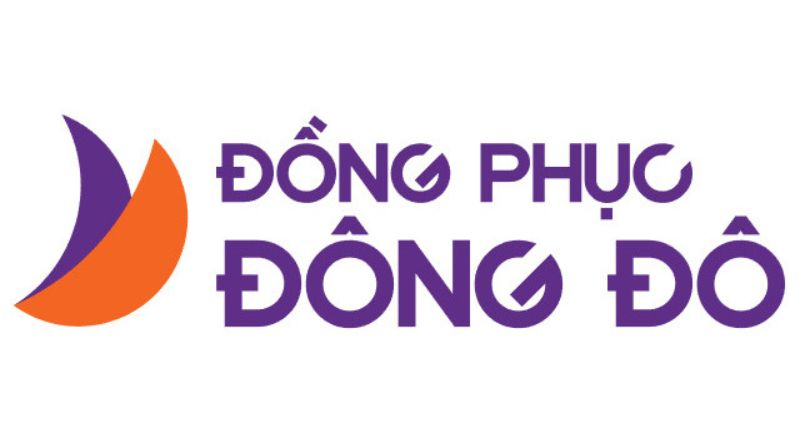Exploring the Pixel 3XL TF2 Images

Introduction
The world of digital imagery and smartphone technology is ever-evolving, with companies continuously innovating to enhance user experience. In this context, the Pixel 3XL TF2 image becomes a significant point of discussion. This article aims to dissect and understand various aspects of the Pixel 3XL TF2 image, including its technical specifications, the technology behind it, its impact on photography, and its place in the broader scope of smartphone technology.
Understanding the Pixel 3XL TF2 Image
1. Technical Specifications
The Pixel 3XL, a flagship phone by Google, boasts advanced imaging capabilities. The TF2 (TensorFlow 2) image refers to the application of TensorFlow 2, Google’s open-source machine learning library, in enhancing the image processing capabilities of the Pixel 3XL. This integration marks a significant leap in smartphone photography, leveraging machine learning algorithms for superior image quality.
2. Image Processing and Machine Learning
Image processing in the Pixel 3XL involves complex algorithms powered by machine learning. TensorFlow 2 enables the device to learn from a vast dataset of images, improving its ability to handle different lighting conditions, textures, and movement. This adaptive learning results in sharper images, better color accuracy, and improved low-light performance.
The Impact on Smartphone Photography
1. Enhanced Photographic Capabilities
The use of TensorFlow 2 in the Pixel 3XL revolutionizes smartphone photography. It allows for features like Night Sight, which drastically improves low-light photography, and Top Shot, which selects the best image from a series of shots. These features demonstrate how machine learning can transcend traditional photography limitations.
2. User Experience and Accessibility
With these advancements, professional-level photography becomes more accessible to the average user. The Pixel 3XL TF2 image technology automates complex photographic techniques, making it easier for users to capture high-quality images without extensive photography knowledge.
Comparative Analysis with Other Smartphones
1. Benchmarking Against Competitors
When compared to other smartphones in the market, the Pixel 3XL’s TF2 image capability stands out. Its ability to process images using advanced machine learning algorithms sets a new standard, challenging other manufacturers to innovate similarly.
2. Future Implications for Smartphone Technology
This technology not only enhances current photographic capabilities but also opens avenues for future advancements. It suggests a trend where machine learning and artificial intelligence become integral to smartphone functionality.
Challenges and Limitations
1. Concerns Over Privacy and Data Usage
Integrating machine learning into devices like the Pixel 3XL raises questions about privacy and data usage. The need for large datasets for machine learning could potentially lead to concerns regarding user data collection and privacy.
2. Hardware Limitations and Cost
Implementing advanced technologies like TensorFlow 2 in smartphones requires sophisticated hardware, which can increase production costs and, consequently, the retail price. Balancing cost while integrating cutting-edge technology remains a challenge.
Conclusion
The Pixel 3XL TF2 image represents a remarkable milestone in the integration of machine learning and smartphone photography. It exemplifies how technological advancements can transform user experiences, making sophisticated capabilities more accessible. However, it also brings to the fore challenges that need to be addressed, particularly in terms of privacy
and cost. As the field progresses, it will be crucial for manufacturers and consumers alike to navigate these challenges while embracing the potential of such technologies. The Pixel 3XL, with its TF2 image capabilities, not only redefines the standards of smartphone photography but also hints at the future trajectory of personal technology, where artificial intelligence and machine learning play pivotal roles in enhancing and simplifying user experiences.
Future Perspectives
1. The Horizon of AI in Photography
The integration of AI like TensorFlow 2 in smartphone cameras is just the beginning. Future advancements could lead to even more intuitive cameras, capable of adapting to a myriad of photographic scenarios and user needs. The exploration of AI in photography could also extend beyond smartphones, impacting other fields such as surveillance, scientific imaging, and autonomous vehicles.
2. Balancing Innovation with Ethical Considerations
As we move forward, the ethical implications of using AI in consumer devices will become increasingly important. Issues of privacy, data security, and the ethical use of AI need to be addressed to ensure that the benefits of these technologies are enjoyed responsibly and without compromising individual rights.
Summary
The Pixel 3XL TF2 image is a testament to the rapid advancement of technology in the realm of smartphone photography. By harnessing the power of machine learning, it offers users an unparalleled photographic experience. This innovation not only sets a new benchmark for smartphone cameras but also challenges other manufacturers to incorporate similar technologies. As we look to the future, the Pixel 3XL TF2 image stands as a symbol of progress, embodying the potential of AI in enhancing our daily lives, while also reminding us of the need to tread carefully in the realm of technological innovation.
In this exploration of the Pixel 3XL TF2 image, we have delved into its technical aspects, its impact on photography, and its implications for the future. As technology continues to evolve, it will be fascinating to see how these advancements shape our interaction with the world around us, particularly through the lens of our smartphone cameras.







